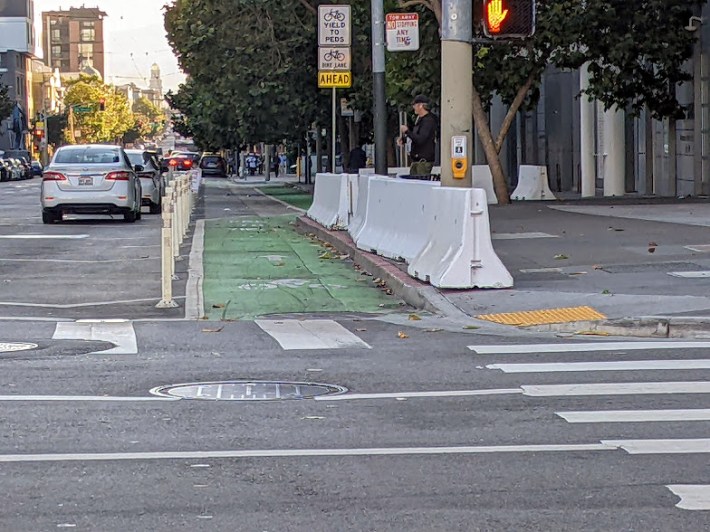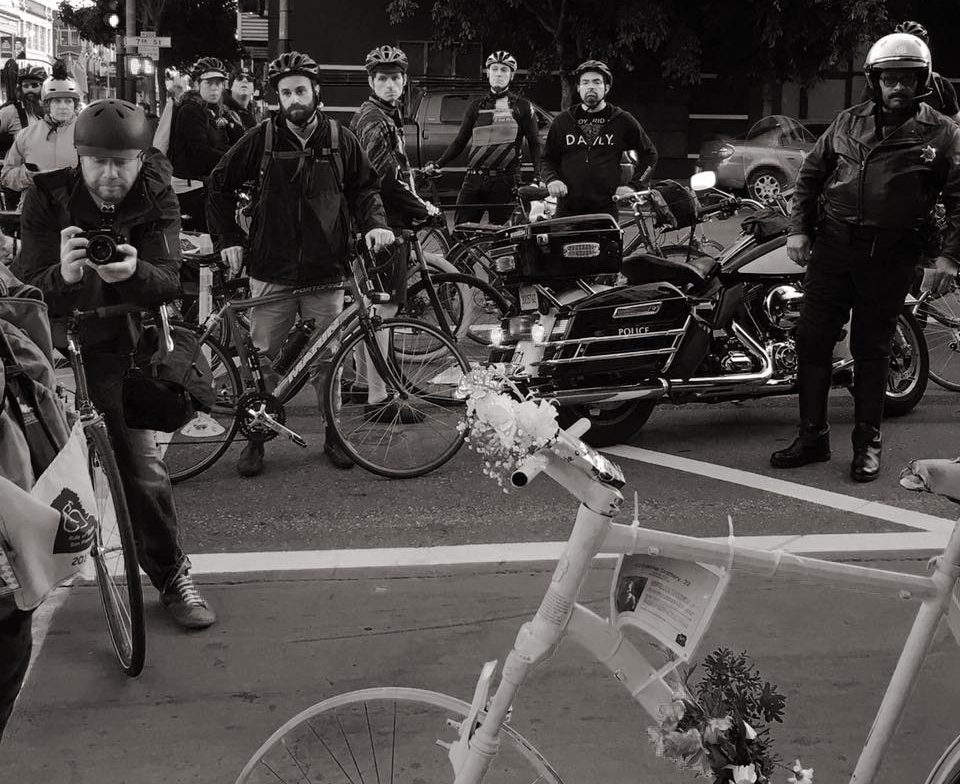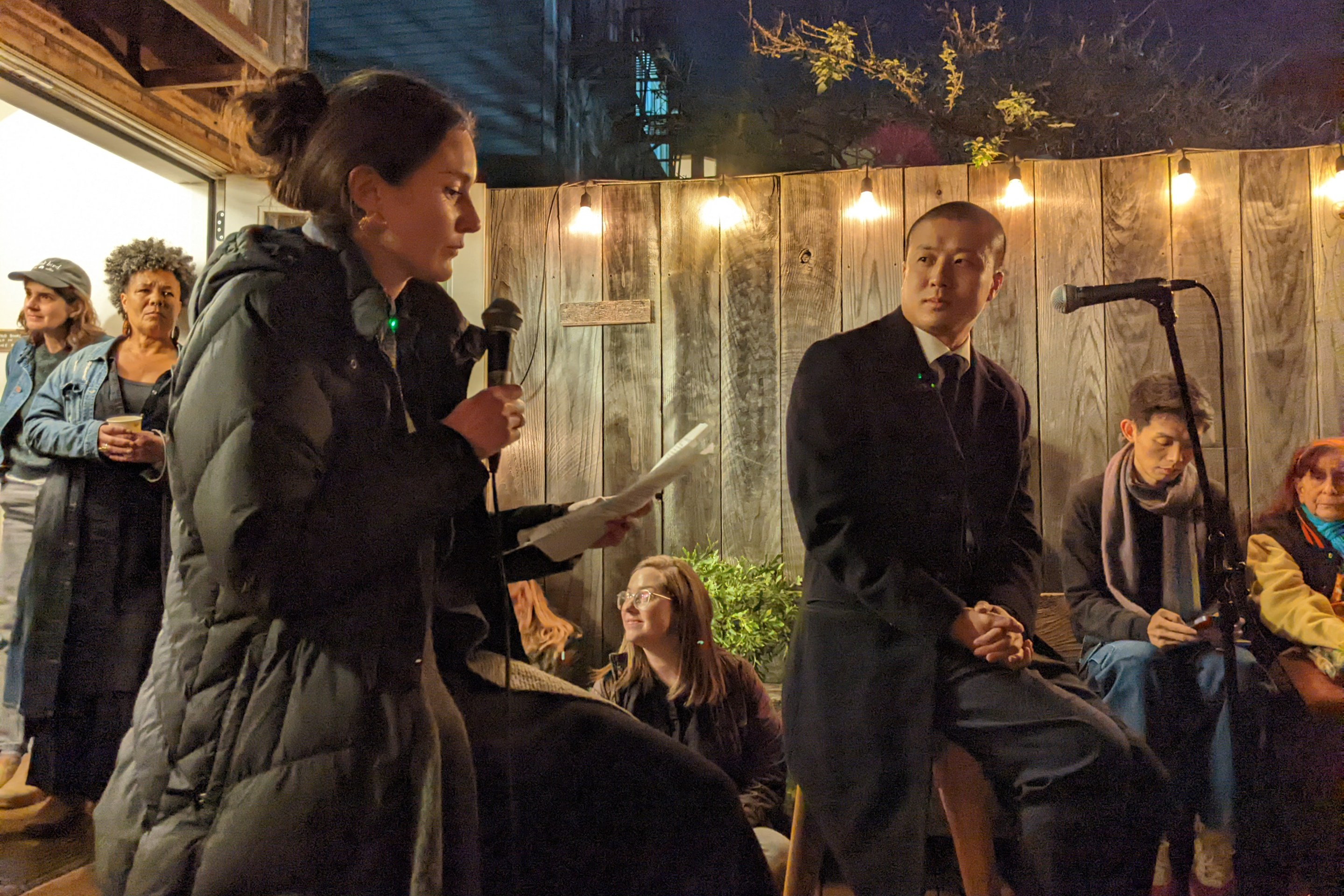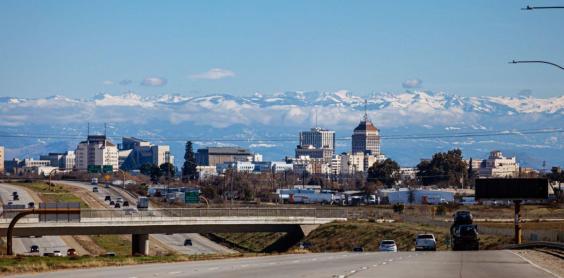I was on a radio talkshow about Vision Zero with Julie Mitchell many years ago. Julie is one of the founders of Bay Area Families for Safe Streets. She got involved in advocacy in 2013 after a truck driver killed her son Dylan who was riding his bike in the Mission. During the show, I made the point (again) that the Netherlands have figured out street designs that are so effective that it's almost unheard of for someone to get killed by a motorist there. Julie looked at me after the show and asked "Why don't we just copy what they do in the Netherlands?"
I answered with one word: "politics."
The year after Juile's son was killed, San Francisco pledged to end all traffic deaths by 2024.
I don't have to tell Streetsblog readers that the city, along with other cities in the Bay Area, have utterly and completely failed. From the San Francisco Standard:
Twenty-five people were killed in San Francisco in traffic collisions in 2023 through Dec. 19, according to city data. That’s six fewer than the 2014 year-end total, before a decade of Vision Zero work aiming to push that figure down. But in 2022, 39 people were killed on the city’s streets, dwarfing the alarming 2013 total that ushered in the Vision Zero era.
“We have objectively failed,” sustainable transportation advocate Luke Bornheimer said, pointing to the death data.
Of course, this is something Streetsblog writes about all the time. But what I can't abide is the continual excuses from city officials, as in this quote from SFMTA's Ricardo Olea in the Standard story:
“You know that you need to do something, and you wish you could snap your fingers and get it done already,” Olea said. “But the reality is, as we all know, that city government has limited resources and limited staffing.” [emphasis added]
SFMTA reminds me of that kid in school who spent more time and mental energy on cheating than he would if he just studied and took the test.
I think of all the press conferences I've been to with SFMTA officials and politicians gathered around a mic to praise each other over some sop safety project built out of plastic and paint. One that sticks out in my mind is the presser last March about Battery Street. It got a two-way bike lane, with cyclists riding against the flow of traffic, demarcated only by paint and straws. And yet, officials called it "protected" over and over again. Meanwhile the press conference itself was in a plaza surrounded by concrete safety walls.
Anybody who's seen the transformation in Paris, New York, and other cities can see the fallacy of Olea's claims. SFMTA spends the money, they just spend it, mostly, to build bullsh*t. Just drop some freakin' concrete barriers in there instead of plastic, like Paris is doing! Or do more parking-protected bike lanes.

It's never been about resources, as seen in the above photo during the Dreamforce conference when the city installed concrete barriers on the wrong side of a bike lane.
Now, there are some good examples in San Francisco of the city doing things right: think of all the parking protected bike lanes in SoMa or the section of protected bike lane on the Embarcadero. But those installations happened because of rare leaders who dared to push back against business as usual--such as Jane Kim and Matt Haney of District 6.
We need more politicians like them, because the only real "resource" the city is lacking is political will. That's why we more typically get installations such as Battery or the infamous center-running plastic lane on Valencia street, where the city spent exactly the same resources that could have gone towards a parking-protected bike lane instead on another unprotected, paint and plastic sham. SFMTA officials tried to blame fire codes, or the tides, or whatever lie of the moment for why they had to throw out the parking-protected plan they already had on the books. Of course, as is now confirmed from SFMTA director Jeffrey Tumlin's own writing, this was always about the politics of parking.
And let's parse that word: politics. There's good politics, which is the art of governing, involving compromise to get something positive done. Then there's the politics of careerism and self-aggrandizement. San Francisco isn't wasting money and time on outreach meetings and press conferences and sham "infrastructure" because it leads somewhere better. It's just a calculation done out of a combination of cowardice and self-interest: get in the spotlight, try not to piss off too many merchants, and simultaneously see if you can get some gullible advocates on board, and maybe you get to be the hero who made everybody happy! Maybe you get to be governor or senator some day. Maybe you get to be the next Pete Buttigieg!
And if somebody dies every now and again as a result, oh well. "That's not my fault," they tell themselves. What they build is, after all, "better than nothing" they recite to themselves if they have trouble sleeping.
Everybody knows how to achieve Vision Zero: grab the Dutch design manual, buy a bunch of Jersey barriers, and have at it. No more press conferences. No more outreach meetings. No more "experiments" and "innovations." No more committees. No more declarations. Just get to work installing boring but effective Dutch-designed infrastructure. That's what advocacy organizations need to demand. Valencia Street is the obvious place to start.
But that's going to require big changes in city leadership and bureaucracies, as well as a new class of professional advocates. That's something for independent advocates to work on in 2024. Because until there's significant change in leadership, there will be more bereaved mothers wondering why their children had to die.
Barring any breaking news, Streetsblog San Francisco will be on hiatus until the new year. Please have a safe, wonderful holiday.






